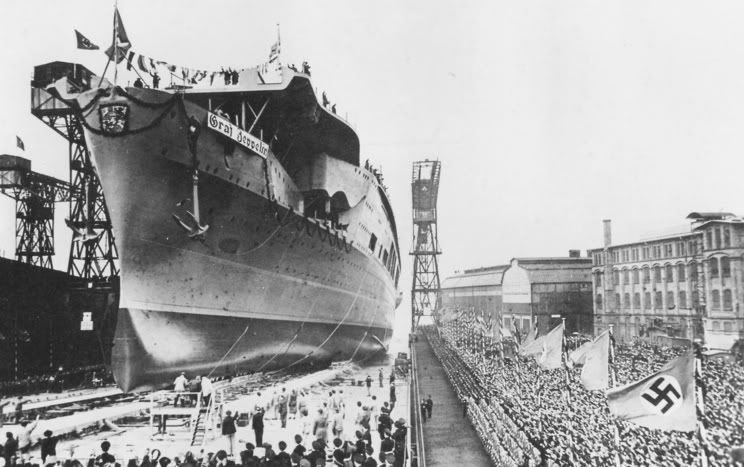Re: PLAN Aircraft Carrier programme..News & Views
No, it was an abysmal ship, very poorly designed and over engineered. Compared to contemporary ijn carrier Taiho, it was the same displacement, had 30% more engine power but was 2 knots slower, carried 40% less aircraft than the Taiho yet was less well armored and protected against air attack than the Taiho. It had the same AAA battery as Taiho but situated them much more poorly, in a way that would expose aircraft on deck to serious blast damage.
Japanese carriers 2/3 its size could carry a larger airwing and launch a more powerful airstrike, and had AA batteries matching or exceeding GZ's.
Beside comparing poorly point for point, GZ additionally were burdened with a heavy and useless antiship battery for which it carried only half the needed gun crew. Anachronistically heavily armored against surface gunfire but lightly protected again air attacks. It's elaborate trolley catapult system would almost certainly be unreliable and difficult to service in actual use. It is as if the Germans didn't really believe in the carrier and were trying to adulterate the carrier with as many surface warship features as they could.
All in all, gz is what might expect from a navy without any prior experience or much prior preparation in carrier design that nonetheless thought too highly of its own carrier design qualifications. It was probably the worst carrier design overall to actually have been built during WWII era.
Actually , Graf Zeppelin was a quite good ship , maybe not as good as Essex class but still solid . It could have served in same role as Liaoning/Varyag , i.e. for learning and training . Unfortunately , Soviets at that time decided not to break the treaty (there would be consequences in other matters ) so things ended as they ended .
No, it was an abysmal ship, very poorly designed and over engineered. Compared to contemporary ijn carrier Taiho, it was the same displacement, had 30% more engine power but was 2 knots slower, carried 40% less aircraft than the Taiho yet was less well armored and protected against air attack than the Taiho. It had the same AAA battery as Taiho but situated them much more poorly, in a way that would expose aircraft on deck to serious blast damage.
Japanese carriers 2/3 its size could carry a larger airwing and launch a more powerful airstrike, and had AA batteries matching or exceeding GZ's.
Beside comparing poorly point for point, GZ additionally were burdened with a heavy and useless antiship battery for which it carried only half the needed gun crew. Anachronistically heavily armored against surface gunfire but lightly protected again air attacks. It's elaborate trolley catapult system would almost certainly be unreliable and difficult to service in actual use. It is as if the Germans didn't really believe in the carrier and were trying to adulterate the carrier with as many surface warship features as they could.
All in all, gz is what might expect from a navy without any prior experience or much prior preparation in carrier design that nonetheless thought too highly of its own carrier design qualifications. It was probably the worst carrier design overall to actually have been built during WWII era.
Last edited:






